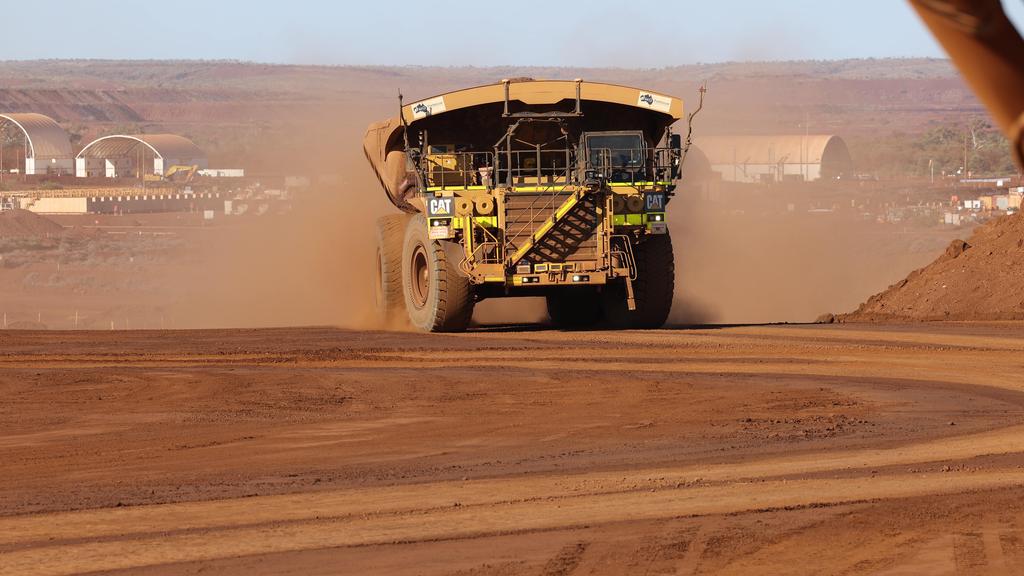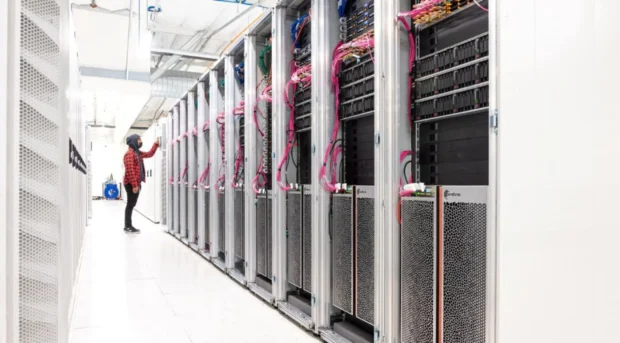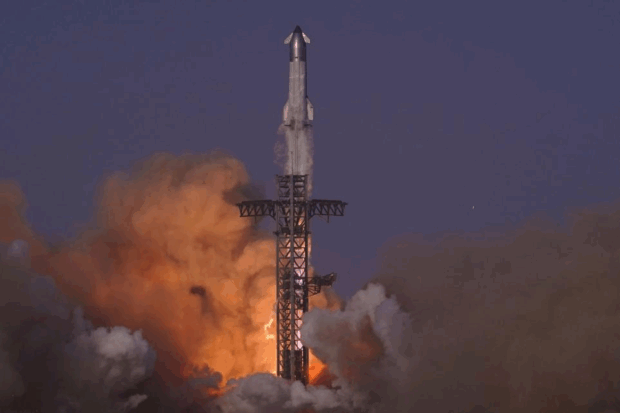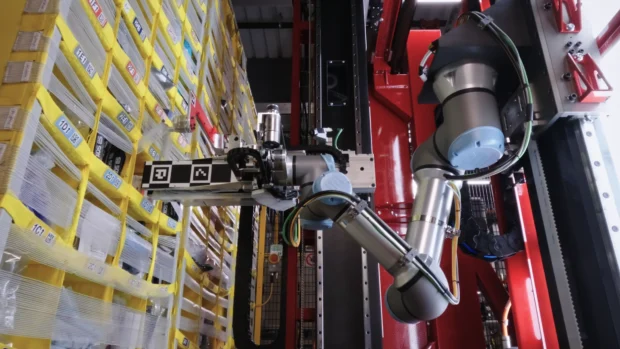
China’s latest technological advancement has sent ripples of concern through Australia. This innovation, a new method of producing steel called flash ironmaking, could significantly diminish China’s reliance on imported iron ore, a commodity that has been a cornerstone of the Australian economy for decades. China, in its pursuit to become the world’s leading economic power, has become the biggest steel producer globally, relying heavily on Australia’s high-quality iron ore to fuel its industries. This has been a lucrative relationship for Australia, with iron ore exports generating billions of dollars in revenue and tax revenue that supports essential services.
However, this dependence may soon change. Professor Zhang Wenhai, a renowned Chinese engineer, has developed a revolutionary technique that transforms the steelmaking process. His method, flash ironmaking, involves injecting finely ground iron ore into an extremely hot furnace using a special device. This triggers an almost instantaneous chemical reaction, producing pure liquid iron ready for steelmaking. Astonishingly, this process takes mere seconds compared to the hours required by traditional methods.
This breakthrough is worrying for Australia for several reasons. Firstly, it allows China to use its own abundant lower-grade iron ore, reducing its need for expensive, high-quality imports from Australia. Secondly, the new method is significantly more energy-efficient and eliminates the use of coal, aligning with China’s ambitious climate goals. This presents a triple win for China: reduced reliance on expensive imports, a faster and more efficient steelmaking process, and a cleaner, more environmentally friendly industry.
Professor Zhang, hailed for his previous innovations in copper production, has spent decades refining this new technique. While it has shown promising results in laboratory and pilot tests, the next challenge lies in scaling up the process for mass production. This involves using a newly designed device capable of injecting massive amounts of iron ore per hour to produce millions of tonnes of iron annually. Though still in its early stages, the potential of this technology to disrupt the global steel industry is undeniable.
This development comes at a time when Australian miners are already facing challenges. The share prices of mining giants like BHP have dropped significantly, and the demand for steel from China’s construction industry has weakened. Although there are glimmers of hope with China signaling a more relaxed monetary policy to boost its economy, the potential impact of flash ironmaking on Australia’s iron ore exports remains a significant concern.
While the future impact of flash ironmaking is uncertain, it underscores the need for Australia to diversify its economy and reduce its reliance on iron ore exports. It also highlights the rapid pace of technological advancement and the importance of adapting to changing global markets. This situation serves as a wake-up call for Australia to invest in innovation and explore new avenues for economic growth.
















Be the first to leave a comment